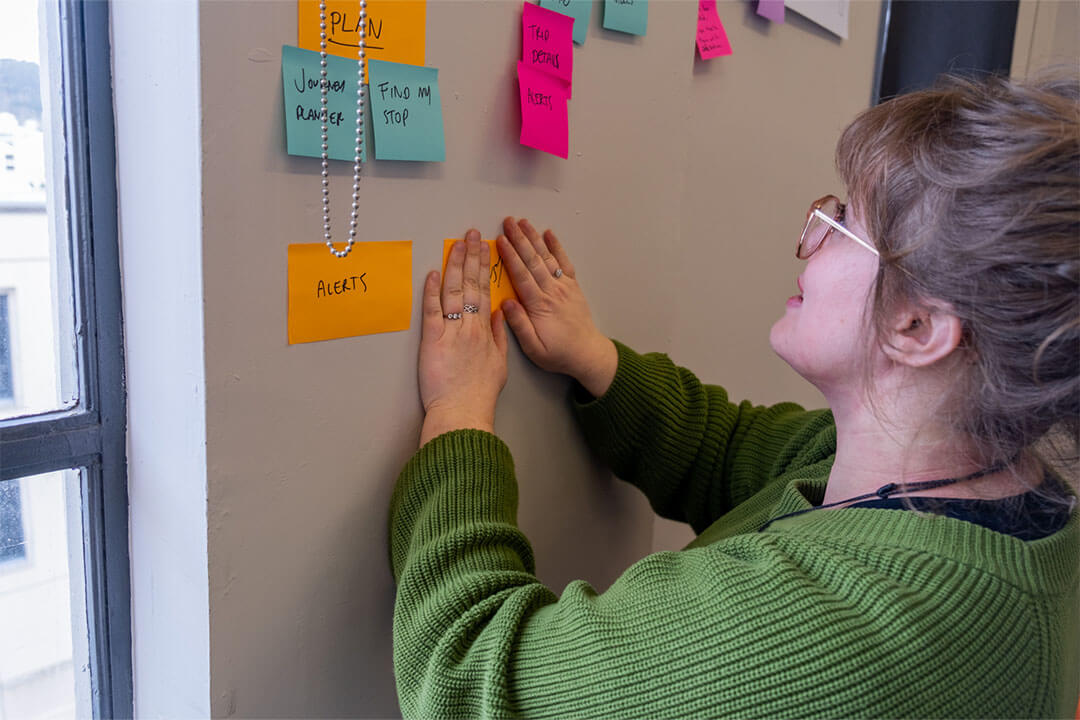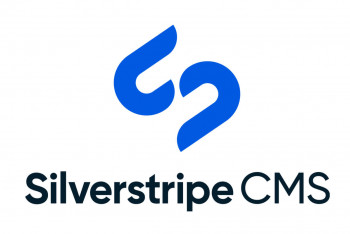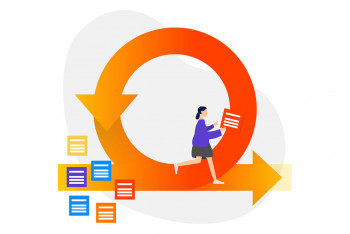Imagine you're in a lift, and someone asks you to explain agile in 30 seconds before the doors open.
You might say something like this: "Agile is a flexible project management and product development approach that prioritises collaboration, adaptability, and continuous improvement.
It's used by teams worldwide to quickly respond to changing customer needs and market conditions".
There you have it - a quick and straightforward definition.
But, of course, there's so much more to agile than that.
Let's dive in.
Agile Methodology: An Overview
Agile Methodology is a project management and product development approach that embraces flexibility and rapid adaptation to change.
It's a significant departure from traditional methodologies, such as the Waterfall model, which tends to be linear, rigid, and heavily reliant on upfront planning.
Agile, on the other hand, allows teams to respond more effectively to shifting priorities and customer feedback by breaking down projects into smaller, manageable iterations.
Agile software development originated in the early 2000s when a group of software developers drafted the Agile Manifesto.(external link)
This document outlined four core values and twelve principles that serve as the foundation for various agile methodologies and frameworks, such as Scrum and Kanban.
The Benefits of Using Agile
Agile has become increasingly popular over the years, and for good reason.
Here are some of the benefits of using agile methodologies:
Improved Customer Satisfaction
By involving customers in the development process and delivering working software more frequently, agile teams can better meet their needs and expectations.
Regular feedback allows teams to quickly address any issues and ensure the final product is as useful and valuable as possible.
Enhanced Collaboration and Communication
Agile methodologies foster open communication and collaboration among team members, stakeholders, and customers.
This ongoing dialogue helps to build trust, improve decision-making, and ensure everyone is working towards the same goals.
Greater Adaptability
One of the hallmarks of agile is its flexibility.
Agile teams can quickly adapt to changes in customer needs, market conditions, or new technologies, ensuring that they remain competitive and responsive.
Faster Time to Market
By breaking down projects into smaller iterations and delivering working software more frequently, agile teams can often bring products to market faster than their counterparts using traditional development methodologies.
Continuous Improvement
Agile methodologies embrace the idea of continuous improvement.
Through regular reviews, retrospectives, and adaptation, teams can constantly refine their processes, tools, and techniques to deliver higher-quality products more efficiently.
Explaining Scrum Methodology
Scrum is one of the most popular agile frameworks, especially in software development.
It's an iterative, incremental approach that focuses on delivering high-quality, valuable software quickly.
Scrum teams work in short, time-boxed iterations called "sprints," which typically last between one and four weeks.
At the start of each sprint, the team holds a sprint planning meeting to select the highest-priority items from the product backlog (a prioritised list of features, bug fixes, and other tasks).
The team then works together to complete these items by the end of the sprint.
At the end of each sprint, the team holds a sprint review to demonstrate their work to stakeholders and gather feedback.
They also conduct a sprint retrospective to reflect on the sprint and identify areas for improvement.
Scrum relies on three key roles: the Product Owner, the Scrum Master, and the Development Team.
The Product Owner is responsible for managing the product backlog and ensuring that the team is working on the most valuable tasks.
The Scrum Master facilitates the Scrum process, removes obstacles, and helps the team continuously improve.
The Development Team is made up of cross-functional professionals who work together to deliver potentially shippable increments of the product by the end of each sprint.

What Is Agile in 30 Seconds: The Elevator Pitch
When trying to explain agile in 30 seconds, focus on its core values: flexibility, collaboration, and continuous improvement.
Agile is about breaking down projects into smaller, manageable pieces, frequently delivering value to the customer, and rapidly adapting to change.
By doing so, agile teams can better meet customer needs, bring products to market faster, and continuously improve their processes and techniques.
Agile Development In 30 Seconds
Agile development is the application of agile principles and practices to software development projects.
It focuses on delivering high-quality, valuable software quickly and efficiently by using iterative, incremental development cycles.
Agile development enables teams to respond more effectively to changing customer needs and market conditions, ultimately resulting in improved customer satisfaction and faster time to market.
Agile Fundamentals & Scrum 101 Workshop
Want to learn more? Our Agile Fundamentals & Scrum 101 Workshop gives you and your team the fundamentals to understand the Agile methodology and why we employ it for our projects.
Our Agile 101 workshop is a great way for you and your team to get a comprehensive (and fun!!) introduction to the Agile methodology and run a scrum-based project. Alternatively, we also offer our Product Owner workshop(external link) for clients that are familiar with the Agile methodology but want some tips and tricks for being a successful Product Owner.
Agile Metrics – What Actually Matters
In an agile environment, it's essential to track the right metrics to measure progress, identify areas for improvement, and ensure the team is delivering value to the customer.
Some key agile metrics include:
| Agile Metric | Description |
|---|---|
| Velocity | The amount of work a team can complete in a single sprint, typically measured in story points or hours. |
| Cycle Time | The time it takes to complete a task from the moment it's started to when it's finished. |
| Lead Time | The time between a task being requested and it being completed. |
| Work In Progress (WIP) | The number of tasks currently being worked on by the team. |
| Burndown Chart | A visual representation of the team's progress towards completing the tasks in a sprint. |
| Cumulative Flow Diagram | A visual representation of the flow of work through the various stages of the development process. |
By monitoring these metrics, agile teams can gain valuable insights into their performance and make data-driven decisions to continuously improve.

Key Agile Practices
There are several core practices that underpin agile methodologies and help teams embrace the agile mindset.
Some key agile practices include:.
- Iterative Development(external link): Breaking down projects into smaller, manageable iterations allows teams to frequently deliver value and respond more effectively to change.
- Daily Stand-ups: Short, daily meetings that keep the team informed, aligned, and focused on their goals.
- Retrospectives: Regular reflections on the team's performance and identification of areas for improvement.
- Continuous Integration and Continuous Delivery (CI/CD): The practice of frequently integrating code changes and automatically building, testing, and deploying software to production environments.
- Test-Driven Development (TDD): Writing tests before writing the code that will make the tests pass, ensuring high-quality code and reducing the risk of defects.
- Pair Programming: Two developers working together on the same code at the same time, promoting collaboration, knowledge sharing, and higher-quality code.
By embracing these practices, agile teams can foster a culture of collaboration, continuous improvement, and adaptability, ultimately leading to more successful projects and satisfied customers.
In Conclusion...
At Somar Digital, we're proud to harness the power of agile to deliver exceptional results for our client partners. Our skilled team is well-versed in agile methodologies, ensuring that your next digital product is developed with the utmost efficiency, adaptability, and collaboration. We strive to keep our clients involved every step of the way and rapidly respond to feedback and changing needs.
Are you ready to embark on a transformative digital journey with agile by your side? Get in touch with us today, and let's discuss how we can bring your next digital product to life.




